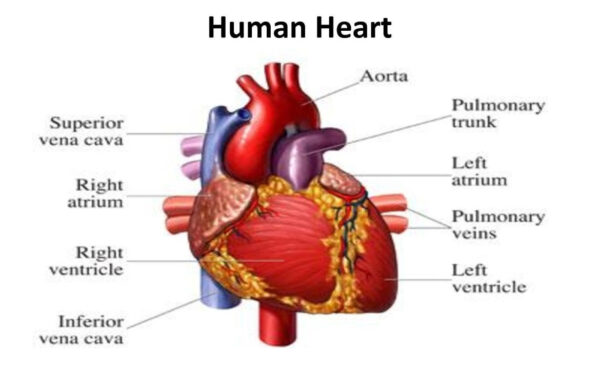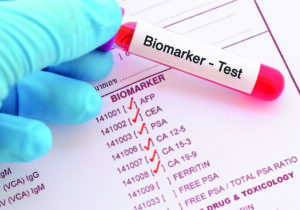The Main Functions of the Heart
3 min read
Human Main Parts Detail Image Labeled Heart And Its Functions Human Heart And Its Parts With - Organ Anatomy
Every one knows that the heart is a very essential part of our body as it is the sole source of blood and is responsible for transporting that to different organs in a systematic way. However, have we ever wondered how the heart functions, doing so many things simultaneously? The workings of this organ are very complicated and fascinating, because all of its functions depend on each other so if one part of the heart does not function properly, the whole body is affected severely.
While hospitals in Gurgaon, Delhi, Mumbai and other major cities have devised world class techniques to combat these problems, it is very important to know how these problems occur and what the assigned roles are for each and every component of the heart. To understand them better, the functions will be divided across the left and the right side of the heart.
Right side of the heart
We know the heart transports the blood, but how does the process take place? Think of the heart as a constant cycle of deoxygenated blood getting converted into oxygen-rich fuel for the body. The right side of the heart receives deoxygenated blood from various tissues in the body which travel through the heart’s superior vena cava and the inferior vena cava, respectively, arriving straight into the right atrium. This impure blood then passes through the tricuspid valve, which prevents blood flow into the right atrium. The blood finally reaches the right ventricle. This blood is then pumped under pressure from the right ventricle to the lungs via the pulmonary artery, whose main job is to transport the blood for re-oxygenation.
Left side of the heart
The process then shifts to the left side of the heart, which receives oxygenated blood from the lungs through the pulmonary veins into the left atrium. This oxygenated blood then passes through the bicuspid valve into the left ventricle of the heart. Bicuspid valves ensure the direction of the blood flow is proper from the atrium to the ventricles. The blood is then pumped to the aorta under in a high pressure environment. The pressure is applied solely to ensure that the blood leaving the heart is delivered to other parts of the body via the huge system of blood vessels, including the arteries and capillaries.
These functions sound complicated because they are. The best research centers and heart hospitals in India have come up with various ways to understand how the heart undertakes so many functions effortlessly and without putting the body in any harm. The process of oxygenating blood is an important one, because if the blood is not oxygen rich, it can damage other organs which depend on the arteries and capillaries to transport pure blood.
The list of things that the heart can do can be very impressive, but it may encounter problems from time to time. The forerunner in dealing with heart ailments and diseases has to be Medanta. With their cutting edge technology and innovation combined with years of experience from its doctors, Medanta has been responsible for keeping a lot of hearts working over the last few years. Medanta also has been one of the biggest pioneers of heart transplants in India, with its success stories showing that a failed heart is not the end of the line.







